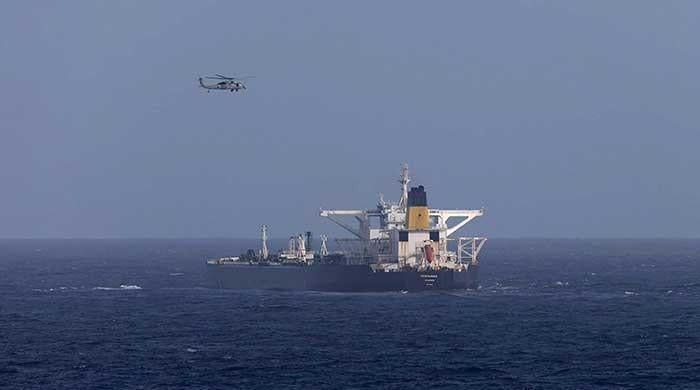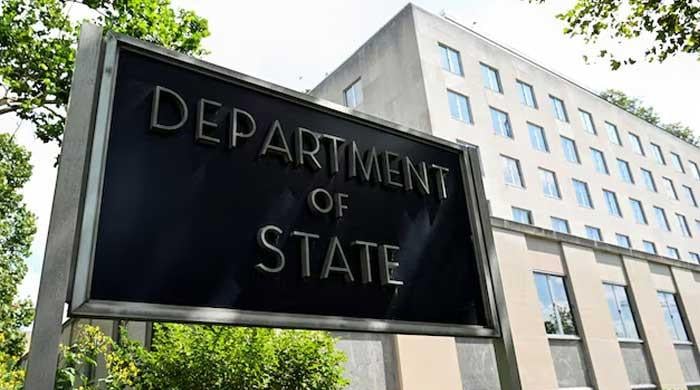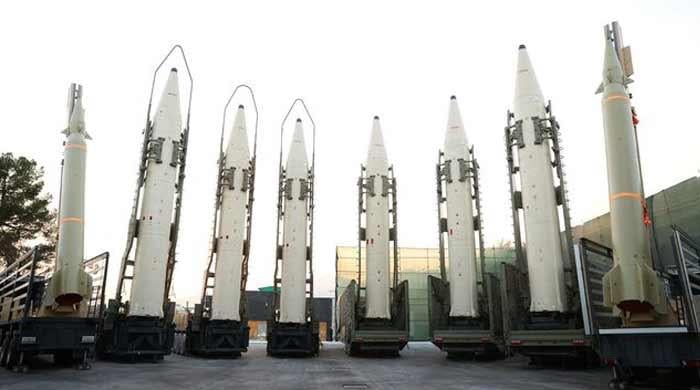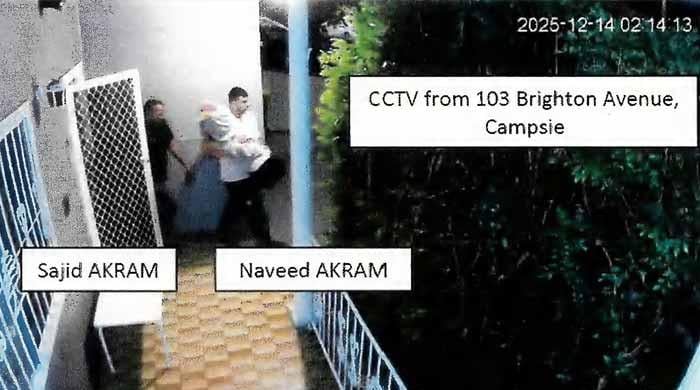Closing Afghan prison 'The second Guantanamo' a big challenge
KABUL: Of all the challenges the United States faces as it winds down the Afghanistan war, the most difficult might be closing the prison nicknamed “The Second Guantanamo.”The United States...
August 05, 2013
The United States holds 67 non-Afghan prisoners there, including some described as hardened al-Qaeda operatives seized from around the world in the months after the Sept. 11, 2001, attacks. More than a decade later, they’re still kept in the shadowy facility at Bagram air base outside Kabul.
Closing the facility presents many of the same problems the Obama administration has encountered in its attempt to close down the Guantanamo Bay detention center in Cuba. Some U.S. officials argue that Bagram’s resolution is even more complicated — and more urgent. The U.S. government transferred the prison’s Afghan inmates to local authorities this year. But figuring out what to do with the foreign prisoners is proving to be an even bigger hurdle to shutting the American jail.
“Is there a plan? No. Is there a desire to close the facility? Yes,” Gen. Joseph F. Dunford Jr., the top U.S. general in Afghanistan, said in an interview.
With the United States’ nearly 12-year fight in Afghanistan due to end next year, the State Department and the Pentagon have been unable to come up with a strategy for the trial or repatriation of men from more than a dozen countries held at Bagram. Meanwhile, the population in the prison is growing because of the apprehension of foreign fighters in joint U.S.-Afghan Special Forces operations. The newest detainee was sent to Bagram last month.
None of the prisoners have been formally tried. Many have been cleared for release by informal military review boards, but most of those were never freed.
Because the detention center is on Afghan soil, U.S. forces are technically obliged to shutter it when their combat role here formally ends in December 2014. But some U.S. officials and politicians say that would pose an enormous security risk.
The best solution, they say, is to keep the facility open under U.S. oversight, possibly for decades. It is not at all clear, though, that the Afghans will permit that.
As at Guantanamo, U.S. officials have deemed a portion of the Bagram prisoners too much of a threat to send home to countries that can’t or won’t keep them locked up. Officials worry that it might not be possible to convict the men in U.S. courts, because evidence could be classified or seen as weak.
“They’re too dangerous to let go,” said Sen. Lindsey O. Graham (R-S.C.), a reservist Air Force lawyer who was appointed last month by Dunford to consider solutions to the detention dilemma.
“We’re a nation without an available jail in the war on terror, and we need to fix that,” Graham said in an interview.
Keeping a U.S.-run prison in Afghanistan beyond 2014 would require the permission of Afghan President Hamid Karzai, who has staunchly resisted American-run detention facilities. The U.S. government has already hit significant stumbling blocks in negotiating a long-term bilateral security agreement with the Afghans.









